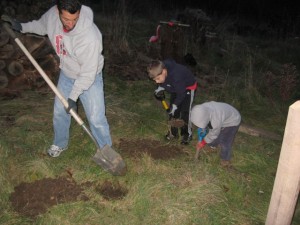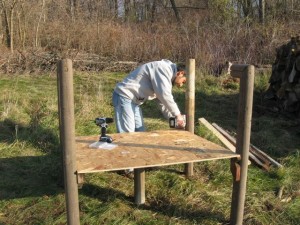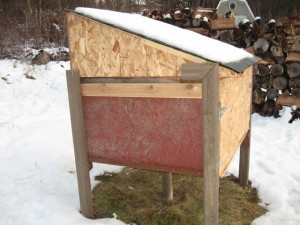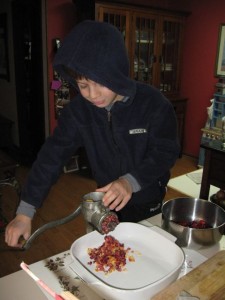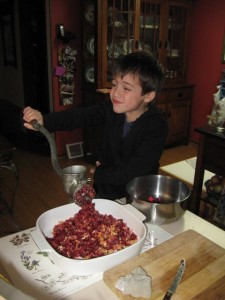Pain Relief: The Natural Way
Let me start by saying that pain is not a bad thing. It’s your body’s way of letting you know something’s not quite right. It’s your job then to figure out what this pain represents. Is it delayed muscle soreness from a workout? Is it knee pain after a longer-than-normal run? Is it an aching low back from shoveling snow? Pain helps us become detectives. Not only are we trying to reduce the pain but also prevent it from happening next time. How do you address the former? Start with R.I.C.E. which is the acronym for Rest, Ice, Compression and Elevation. Those of you who know me know that I am a big fan of rest. Your body needs time to heal, recuperate and rebuild. Plus your mind recovers as well. But that’s a whole other topic. So when in doubt, rest. Take a day off. What’s going to happen? Are you going to magically put on 20 pounds? Of course not. But Eric, remember the saying “No pain, no gain”? That just leads to strains, pulls and potentially serious injuries. Clearly I’m not a proponent of that cliche. What concerns most people is if the pain will lead to something worse and more painful. How will you feel? And how will it affect your lifestyle? You can see how pain can be a real distraction.
Most of the time the pains you experience from exercise are slight muscle pulls or strains. Ice, compression and elevation are all about reducing swelling, inflammation and heat. The Physical Therapist I worked for in California suggested ice for 5 to 10 minutes twice a day. A compression can be achieved with an elastic bandage, and elevation helps venous blood return and aids in waste product removal. You can also think of elevation as a way to rest the injured body part. If your knee is swollen, for example, relaxing on your favorite recliner or propping your leg up on an ottoman physically keeps you off of your leg.
Pain often makes us look at what activities we’re doing and not doing. We become more intuitive and body aware. Maybe you need to spend a few more minutes warming up before a run. Maybe you need to train at a slightly lower intensity than you’re currently doing. Maybe you need to spend time cooling down after a workout instead of jumping back in your car and driving home.
Recently I’ve been experiencing some tennis elbow. Yes, from tennis. It comes and it goes. Is it because I’m almost 40? Maybe. Do I need to change my tennis strings? I did a few months ago, so maybe it’s time for another string job or a different set of strings? Is it my technique? Possibly. It is also clear that my body takes longer to warm up in the winter months. When it is pretty bad, I like to use Arnica Gel. The primary ingredient is Arnica montana, which acts as an anti-inflammatory. After a couple applications, I experience relief.
In my next post I’ll be demonstrating and discussing both dynamic and static stretches as ways to reduce pain, prevent injuries and improve performance.

